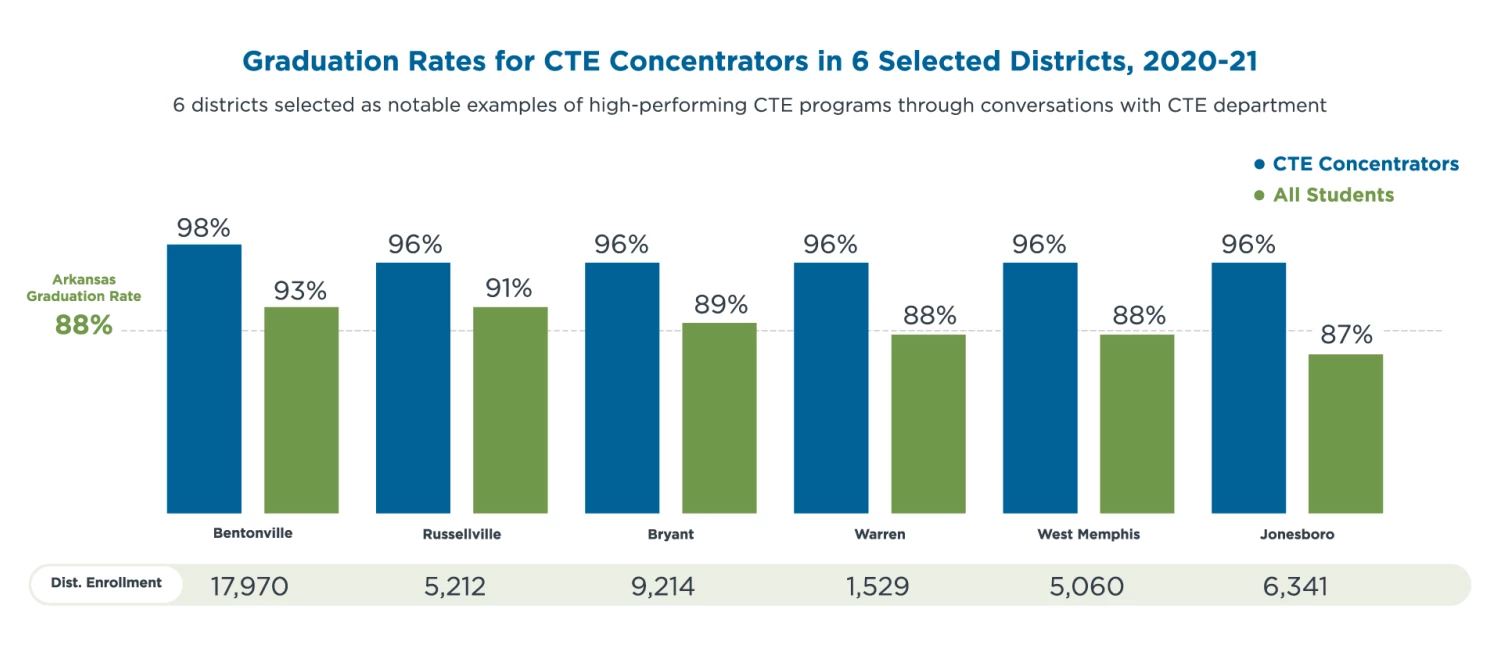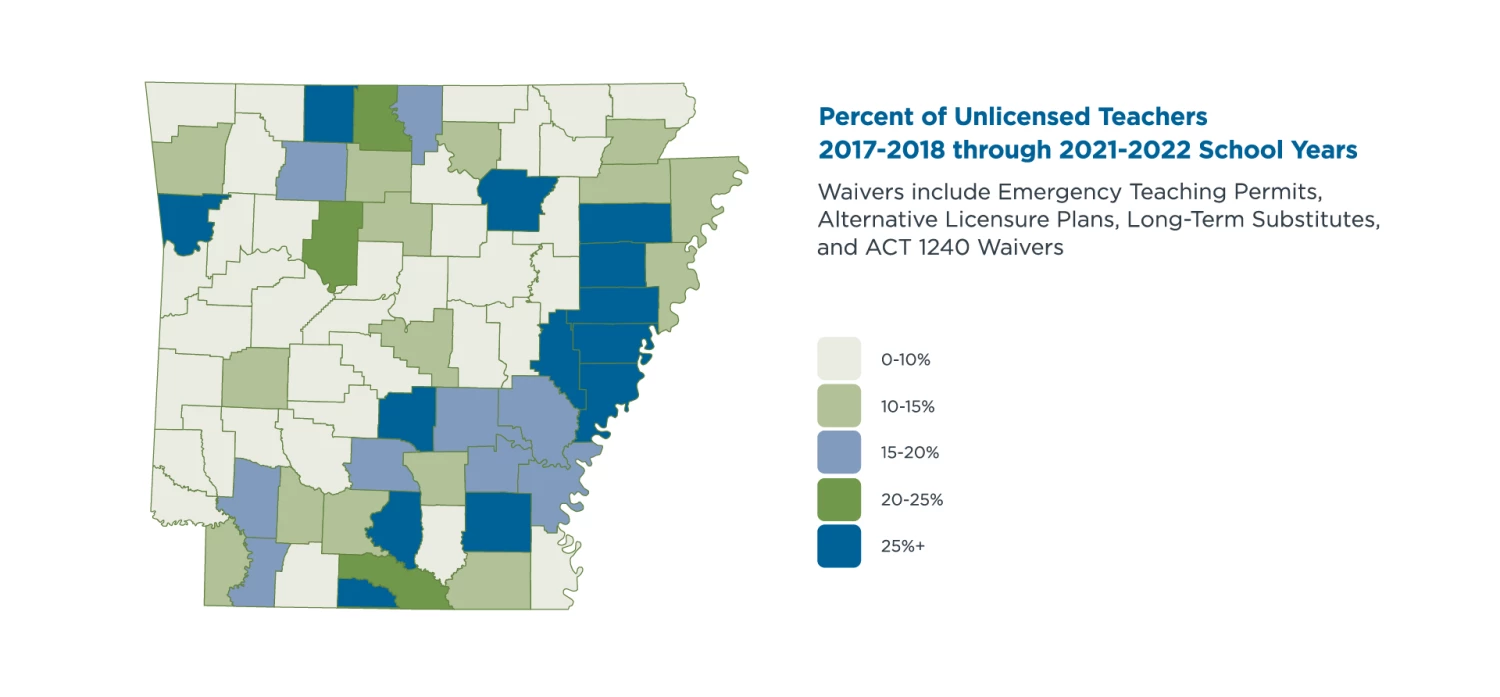Foundational progress has been made in many key areas identified in the 2015 State of Education report, both statewide and in specific districts and communities. One example is in 2019, the state enacted the Transformation and Efficiencies Act, a significant initial step to consolidate and create efficiencies among agencies that support public education. As well, key initiatives have been launched to accelerate progress in high need, foundational areas for students.
Below, we have highlighted three of the most promising areas of progress that were identified consistently by stakeholders at all levels and that are showing promising early evidence of improvement.



